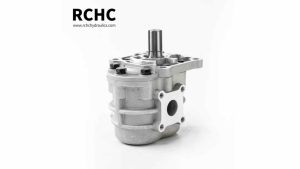Shandong Ruichen hydraulic PGP640
Shandong Ruichen Hydraulic PGP640 series hydraulic gear pump is a high-performance industrial equipment, widely used in heavy machinery, agricultural machinery, construction equipment and other industries. As one of the flagship products of Ruich...
عرض التفاصيل الشركة المصنِّعة لمنتجات المضخات الهيدروليكية |شركة روي تشن للماكينات الهيدروليكية. المحدودة
الشركة المصنِّعة لمنتجات المضخات الهيدروليكية |شركة روي تشن للماكينات الهيدروليكية. المحدودة






مرحباً بكميرجى تسجيل الدخول